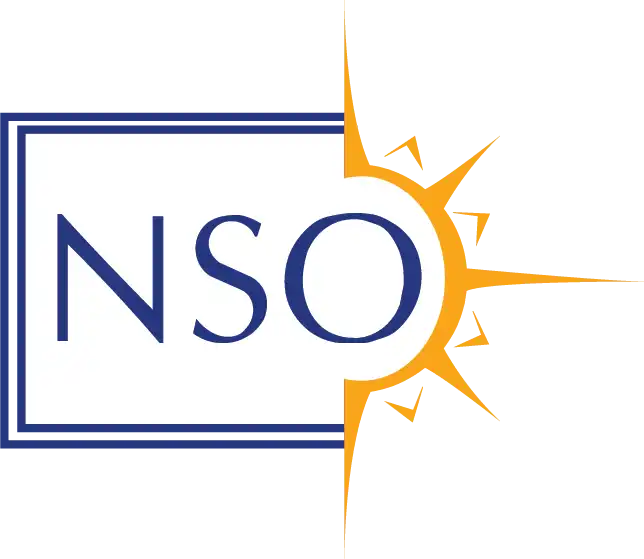Teledentistry Pilot Project Expands to Maui
A 2016 Department of Health survey, titled the Hawaiʻi Smiles report, confirmed Hawaiʻi’s children have the highest prevalence of tooth decay in the nation.
The same survey also showed a disproportionately higher prevalence of tooth decay among low-income children, especially those who live in Hawaiʻi, Maui and Kauaʻi counties.
Despite ranking at the bottom of the nation for children’s oral health, Hawaiʻi has taken steps to change the oral health status of Hawaiʻi’s children and has become a pioneer in teledentistry.
Through a public-private partnership, the Hawaiʻi Department of Health, Pacific Center for Special Care at the University of the Pacific’s School of Dentistry, the HDS Foundation and other community partners are changing the future trajectory of Hawaiʻi’s children by using a proven virtual dental home program to improve their oral health and overall health.
The teledentistry program, or virtual dental home, is an innovative system that makes it easy for patients to receive diagnostic and preventive services in community settings. Developed by Dr. Paul Glassman, professor of dental practice and director of the Pacific Center for Special Care at the University of the Pacific School of Dentistry, the program aims to improve care for underserved populations.
The partnership has successfully demonstrated the value of the teledentistry pilot project in West Hawaiʻi over the past two years. As a result, the HDS Foundation is providing funding for a third year. The HDS Foundation contributed about $315,000 in the first two years of the pilot and this year will allocate an additional $319,000 to continue the pilot.
In addition, the HDS Foundation committed $125,000 for the first year of a three-year project on Maui to and increase the ability of the program to operate there five days a week. The Hawaii Medical Service Association Foundation is also contributing $125,000 to expand the successful program to Maui.
While the West Hawaiʻi pilot project is serving children, the expansion of the virtual dental home system to Maui will serve both children and adults.
“Our pilot focused primarily on those children in West Hawaiʻi who typically would not receive or have access to dental care until their tooth decay or oral health disease reached an advanced stage, when there is pain and infection and require more costly intervention,” said Dr. Andrew Tseu, a dentist and chief of the Hospital & Community Dental Services Branch of the Hawaii State Department of Health, who is overseeing the project.
“We are excited that this expansion to Maui will allow us to use the virtual dental home to now serve kūpuna,” said Dr. Tseu, noting that the Hawaiʻi State Department of Health has determined that there are more than 2,000 children and adults who could potentially be served by this project as it grows.
Partners for the Maui expansion include:
-
- Hale Makua Health Services, which provides a wide range of senior care services at two nursing homes;
- Hui No Ke Ola Pono, private, not for profit community-based health program of the Native Hawaiian Health Care System;
- Maui Family Support Services which operates the Early Head Start program;
- the Maui Economic Opportunity which manages 13 Head Start centers on Maui; and
- the Special Supplemental Nutrition Program for Women, Infants and Children, a federally funded program within the Family Health Services Division that provides supplemental food packages for either pregnant, breastfeeding, or postpartum women, and infants and children under age five who meet income guidelines and have a medical or nutritional risk.
According to Matthew Shim, chief of the Family Health Services Division of the Hawaiʻi DOH, there are significant disparities in access to oral health services in Hawaiʻi. Shim adds the disparities are magnified in Hawaiʻi because of the geography of the island state, concentration of dental services on Oʻahu, and lack of fluoride in the water, a safe and proven decay prevention measure. As a consequence of these and other factors, Hawaiʻi has a history of having some of the worst dental health in the country.
In July 2016, Gov. David Ige signed a law Senate Bill 2395, which required the state’s Medicaid managed care and fee-for-service programs to cover services provided through telehealth, beginning Jan. 1, 2017. This allowed for health services provided through a telehealth consultation to be covered — and be reimbursed to dentists — at the same rate as a face-to-face visit between a patient and a healthcare provider. The pilot project in West Hawaii plans to submit claims for services this year as a way to make the program financially self-sustaining.









